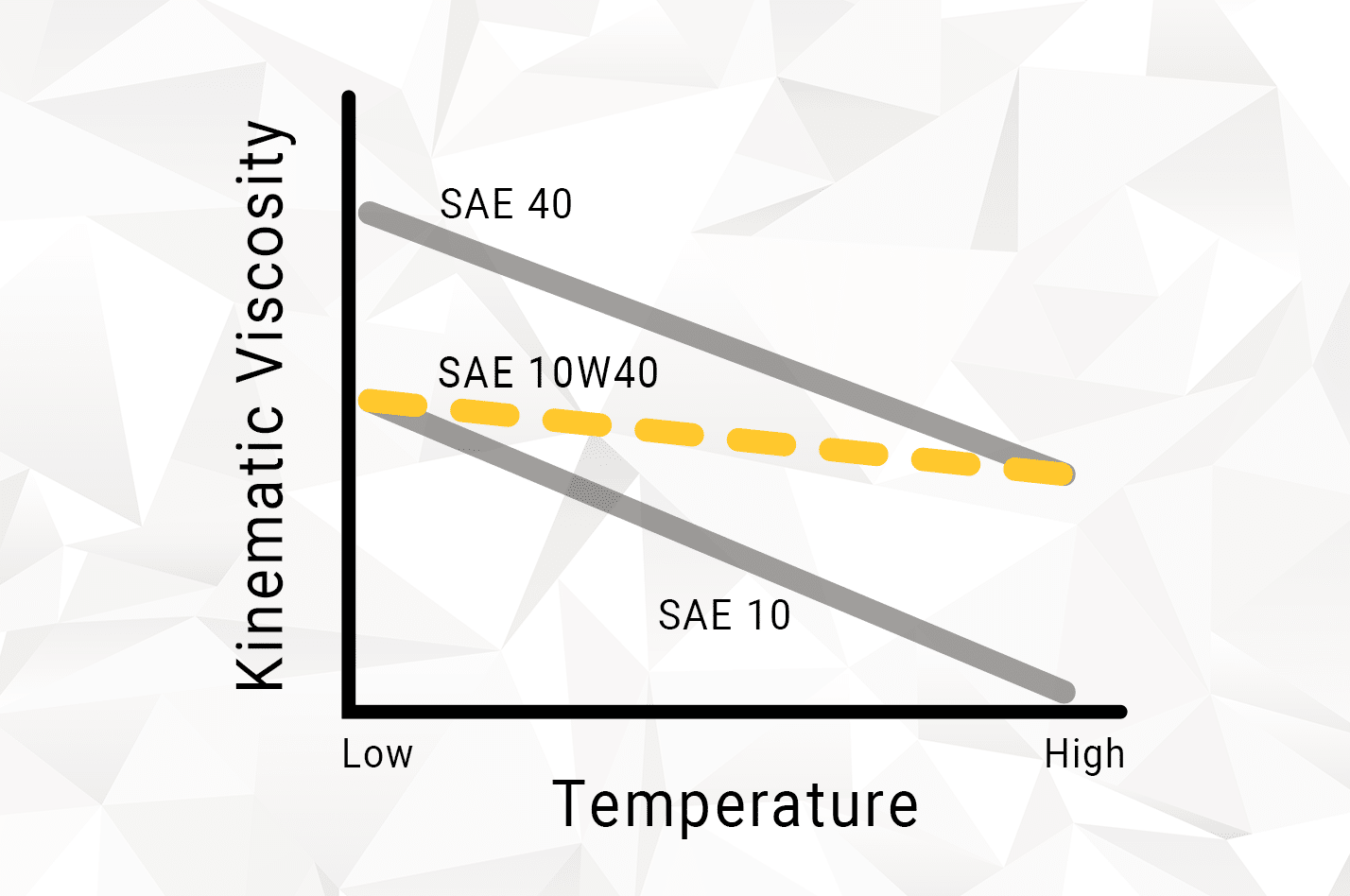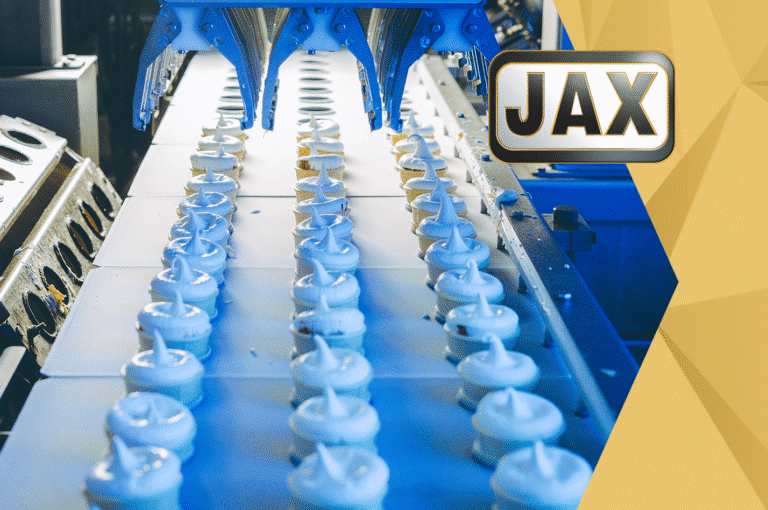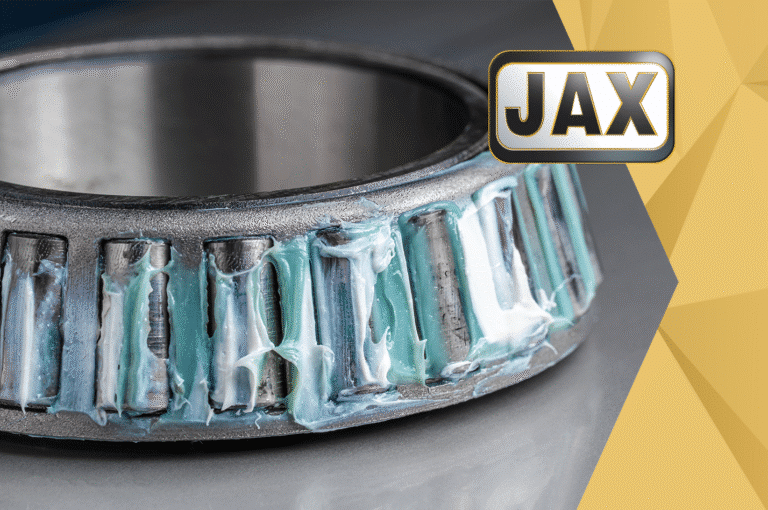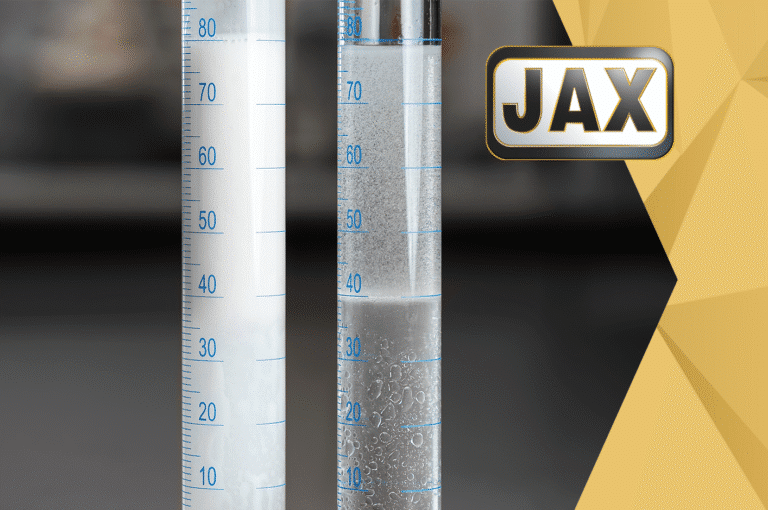The viscosity of a given fluid is the most important factor in ensuring that your equipment is running as intended. We discussed the issues that one will encounter with improper viscosity selection in the A Look at Hydraulic Fluid Viscosity article. One approach that continues to gain traction to help combat wide temperature ranges and the constant striving for sustainability is the use of multi-grade fluids in hydraulic applications. In this article, we will discuss how utilizing multi-grade hydraulic fluids differ from so-called traditional “straight” grades, and how they can lead to relative operational efficiency gains and hydraulic system service life increases.
Understanding multi-grade hydraulic fluids
The majority of fluids in the market are referred to as “straight” or “mono” weight oils. Fluids like these, for example, can be found as simple digits following an SAE prefix (i.e. SAE 30). As we introduced in last week’s article, these fluids will thicken to an extent when subjected to colder temperatures, and they will thin out to an extent when subjected to warmer temperatures. The degree to which a fluid changes viscosity with temperature is called its viscosity index (VI) and is mostly inherent to the base oil used. See the below graph for a visual reference on how fluids change viscosity in relation to temperature.
Note how the slope of the high VI fluid is lower than the reference. This means that the fluid with a higher VI is more resistant to viscosity changes as temperatures change.
One way to work around this property of a hydraulic fluid is to incorporate a VI improver. VI improvers are typically polymers that, once incorporated into a fluid, will dramatically improve the VI to create a multi-grade fluid. These polymers expand at higher temperatures, which makes them thicker, so the overall viscosity changes less than it would have without said polymer. Multi-grade fluids are sometimes specifically marketed as such, like a motor oil that is assigned “SAE 0W20”. See the graph below for a representation of how VI improvers change the viscosity profile of a fluid over a temperature range.
The most notable advantage of multi-grade fluids is the more consistent operating viscosity across a wider temperature range. In the above graphical example, note how a 10W40 has a relatively low viscosity at colder temperatures, but a relatively higher viscosity at higher temperatures. This is a great solution if you are utilizing an excavator on a cold winter morning, as you want a fluid that is thin enough at low temperatures to flow at startup, but thick enough at the higher operating temperatures to properly protect and transfer power. The other benefit one will experience with multi-grade fluids is the ability to reduce energy consumption, leading to reduced emissions and a lower carbon footprint.
The energy-saving mechanism and other benefits
Hydraulic systems are known to be less than 100% efficient. A hydraulic pump’s efficiency is a balance between volumetric efficiency and mechanical efficiency. As fluid viscosity decreases in response to rising temperatures, the mechanical efficiency will increase as there is less resistance to movement, but conversely the volumetric efficiency will decrease due to increased internal leakage. Utilizing multi-grade fluids helps balance this relationship, as the viscosity does not change as much with temperature fluctuations compared to mono-grade fluids. Published field studies have shown productivity increases between 10% and 30% that save hundreds of dollars annually, and emissions reductions of 3% when using multi-grade fluids.
Another phenomenon to consider in a hydraulic system is the issue of improper air release, which leads to quicker degradation of the system itself. As reservoirs become smaller to conserve space in a piece of equipment, the air bubbles in the fluid do not have as much time to escape before being re-introduced into the hydraulic system. This issue leads to lubrication starvation, and more importantly, cavitation. When these air bubbles pop in the system, a jet stream of air is created, acting like a bunch of mini hammers inside your equipment. Over time, this will lead to a critical leak and the condemnation of the system requiring repair or replacement. Multi-grade fluids are thinner at colder temperatures in the reservoir, allowing for air to be more easily released before traveling into the system. This leads to a longer life expectancy for your hydraulic system.
Conclusion
In conclusion, the adoption of multi-grade hydraulic fluids presents significant advantages over traditional mono-grade fluids, particularly in the realm of operational efficiency and sustainability. These advanced fluids maintain a more consistent viscosity across varying temperatures, ensuring better performance and protection for hydraulic systems in diverse environmental conditions. The use of VI improvers enhances the stability of these fluids, resulting in reduced energy consumption, lower emissions, and decreased carbon footprints. Furthermore, multi-grade fluids contribute to the longevity of hydraulic systems by facilitating better air release, thereby preventing issues like lubrication starvation and cavitation. As field studies indicate substantial productivity increases and emission reductions, the shift towards multi-grade fluids is a compelling strategy for those seeking to optimize their hydraulic equipment’s efficiency and environmental impact.










